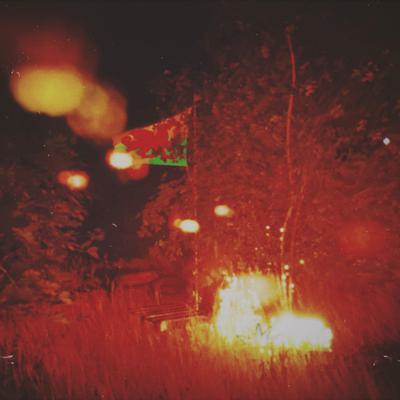Technical Lands (Z-Level)
- Photography
- Digital and New Media Art
- Science & Technology
- Environment & Sustainability
- Social & Political
- Digital
- Digital And New Media Art
- Digital Hyrbidy
- Post Digital
Dimensions
variable
Exceptional zones such as military bases, spaceports, extraction sites, detention centres are governed not only by territorial boundaries, but by layers of visibility, access, and control that extend deep below ground and far into orbit. From the satellite’s gaze, technical lands appear orderly, rationalised, and enclosed, secured by fences, laws, and surveillance infrastructures. Yet this aerial view masks their function as sites of exclusion, secrecy, and systemic violence.
Stephen Graham (2018) reminds us that power now moves vertically: satellites, drones, and orbital infrastructures make these lands legible to states and corporations while rendering them invisible to the public. The higher the view, the more abstract and detached the image becomes. In this disorientation, technical lands become anti visual, hidden in plain sight, defined by opacity and asymmetry. Control no longer lies in occupying space but in managing sightlines, altitudes, and access.
Here, Paul Virilio (2003) adds another dimension. Every new technical system invents its own failure. These sites of hyper-function where surveillance, extraction, and containment are pushed to extremes are also latent fields of catastrophe. The same infrastructures that promise control and order encode the inevitability of collapse, leakage, or disaster. The spectacle of vertical power, mediated through screens and satellites, distances us from its consequences while simultaneously preparing us for their broadcast.
From above, technical lands represent the fusion of geography and governance, terrain and surveillance. They are spatial instruments of sovereignty—where visibility is privilege, and verticality is authority. In such landscapes, the politics of place is rewritten not on the ground, but in the skies.
Helping Artists Keep Going
Axis is an artist-led charity supporting contemporary visual artists with resources, connection, and visibility.







